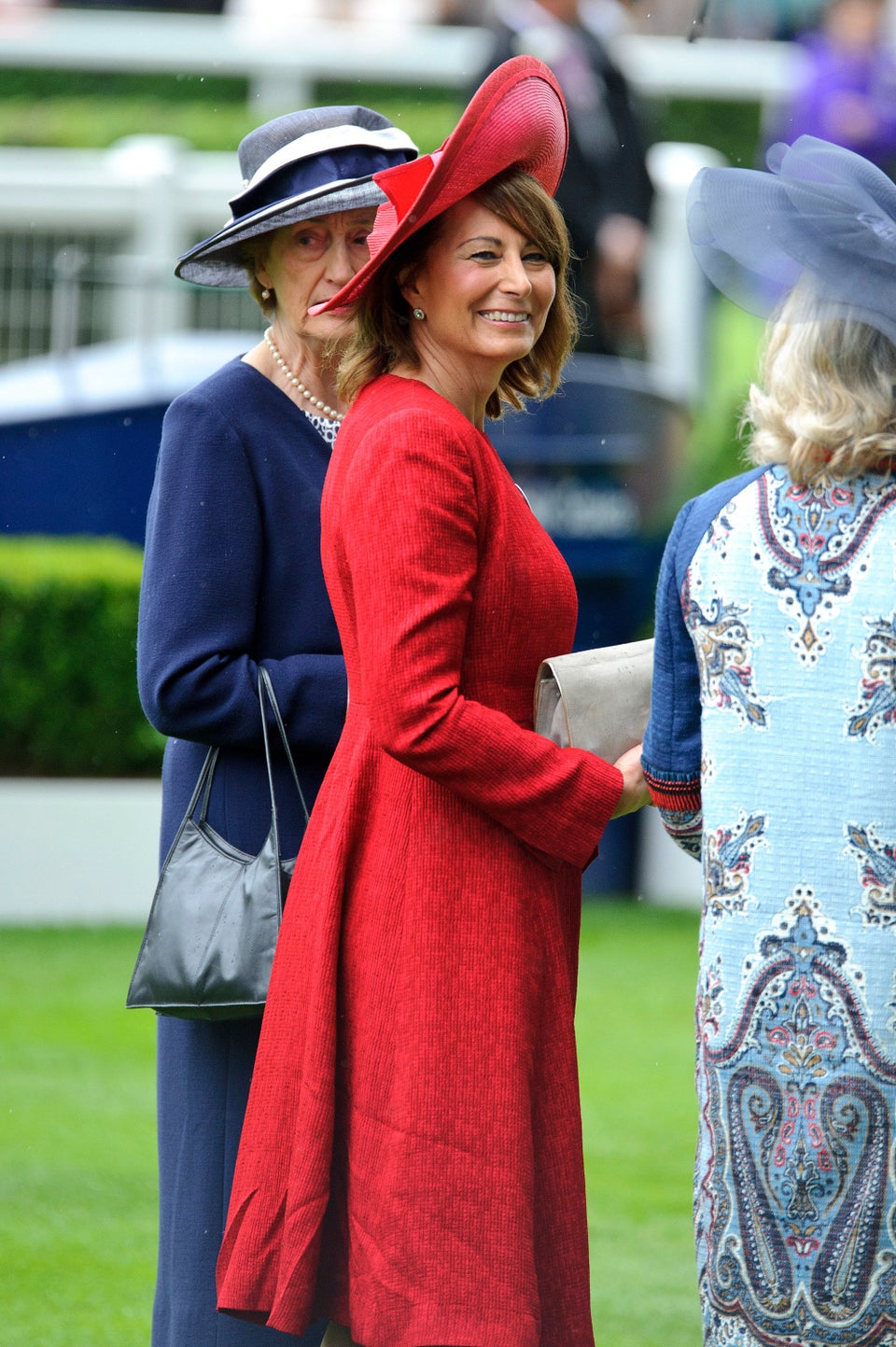The tents are set up for this week's fashion show in New York City's Lincoln Center. Always a magnet for the young and beautiful, the runway this year will see a new feature -- aging -- which, if markets have anything to say, could shortly be at the industry's cutting edge. The fashion-label Cole Haan's "Born in 1928" is as prescient as it is progressive.
And they also know who's got the money.
Indeed, the fashion industry -- like others from health to finance to travel -- has caught on to global population aging, and its models and styles are both representing and capturing the monumental changes brought by aging. What we are learning from fashion is that the marketplace itself -- a billion over 60 globally by 2020 -- are target consumers.
To wit: leaf through the September issue of Harper's Bazaar, which is perhaps the preeminent authority on what's hot. This edition of the fashion bible is created to accompany the launch of NYC's fashion week, and its legendary "Fabulous at Every Age" segment now features a page dedicated to those in their 60s and 70s.
Policymakers and thought leaders can talk about a new kind of "aging" and the antiquated notion of "senior citizen" ad nauseam, but perhaps the loudest bellows emerge from the most unsuspecting places, like Harper's Bazaar. Lee Radziwill's spectacular appearance in this issue of Harper's is testimony to the sea-change brought about by population aging.
It would be hard to overstate the enormity of this change. As Radziwill's feature demonstrates, it is not only that older people are more capable and productive than they have ever been before, but that society's expectations are changing. And this symbiosis is self-perpetuating: as those in their 60s, 70s, 80s, and 90s continue to push frontiers on active, productive aging, our expectations of ourselves and others are simultaneously evolving. In the first decades of our 21st century, there is indeed a new conception of aging emerging.
Some of the best evidence is on the catwalk.
From an economic point of view, this is perhaps the most important development in recent years. If these new roles and possibilities were not being created for aging adults, then the "miracle of longevity" would become the burden that many still fear. In the U.S. alone there are an estimated 10,000 baby boomers turning 65 every day. In Japan, soon upwards of 40% of its population will be over 60. Most of Europe is not far behind. And in the emerging markets - Brazil, China, India, Mexico, Turkey -- the aging of their populations are coming on even more dramatically. Thanks to breakthroughs in vaccination, maternal health, sanitation, nutrition, and other healthcare capabilities, people are living far longer than ever before.
And the fashion industry is teaching an important lesson. Markets are leading the way. Just up the road from Lincoln Center, another group is gathering from "Age-Friendly Cities." Meeting in Quebec City, these leaders will discuss how to become age-friendly or improve one's age-friendliness. It's a terrific endeavor, answering one of society's greatest needs, but the preponderance of the meeting's agenda is on government action. For age-friendly cities to take off, they need to follow fashion's lead. What are the marketplace incentives that can turn age-friendly development from "the right thing to do" to "the commercially advantageous thing to do." If it's the latter, the former will take care of itself.
It is a rare day that a buttoned-up policy wonk takes time away from reading The Fiscal Times to scan Harper's Bazaar . On the whole, this is probably sound strategy. But every now and again the more sensational elements of our society expose what's really going on. Now, it appears, we can be fabulous at every age.
Earlier on Huff/Post50:

